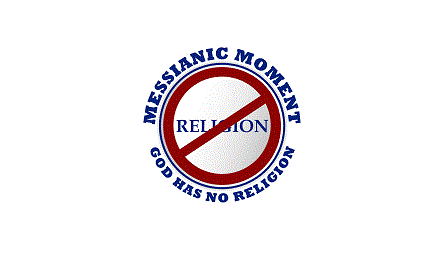If you prefer to watch a video, click on this link: Watch the video.
Aren’t Kaleidoscopes beautiful works of art? Are you all familiar with what a Kaleidoscope is? To see what it looks like click on the link below:
To make one all you need is a paper tube, some clear plastic, black construction paper, wax paper, saran wrap and colorful sequins or confetti. It is actually pretty easy to make. Once you have it completed, by simply turning the tube (manipulating the items within the kaleidoscope) you can create any number of different images all formed by the same materials.
What does this have to do with the Bible? Good question.
In a kaleidoscope, we always have the same colors, but the way they are mixed up and manipulated (meaning how they are physically positioned) result in a myriad of different images and colors. You may not even see the same combination of color and image twice.
I would like to propose that the Bible is like a kaleidoscope in that within it are many words, just like the many different colored sequins, and we can form many different messages by the way we manipulate (turn) those words. Someone reading a passage in the Bible may get a totally different meaning than someone else, even though they are both reading the same words.
The explanation or critical meaning of the biblical text is called exegesis, and a Jewish form of exegesis is called PaRDeS, which stands for:
P’shat (plain, or literal meaning of the words);
Remes (deeper, more spiritual meaning. This is the level at which Yeshua taught, which may be why so many couldn’t understand him);
Drash (spiritual meaning explained through a comparative story, such as the parables Yeshua used);
Sud (deep mystical meaning.)
How many times have you experienced someone telling you what something in the Bible means by taking a little from here, a little from there, putting it together, mixing it up a bit and saying, “This is the truth because it is all found in the Bible.”? And sometimes it seems to make sense, so you wonder if they are on to something.
I have run into this too often, and will continually run into it so long as people teach from the Bible. There are many people who want the Bible passages to mean what they want it to mean, and not always what God intended for us to know. By using (what I will call) Kaleidoscope Exegesis they can make the Bible say just about anything they want it to say, and this is what they teach others as God’s absolute Gospel.
And it is often a total lie.
I believe the Bible does have many lessons, and that any given passage, even when taken in proper cultural. hermeneutic and linguistical context can have a different message for different people. The Bible is that “deep” that we can all be swimming in it, and at the same time be at different levels. It is very much a kaleidoscope and because of that, we need to be very, VERY careful whenever we read it, and especially careful when we are taught by others what something in the Bible means.
Just like looking into a kaleidoscope, I can never get enough of the Bible because every time I look into it I see beautiful imagery and colorful statements that make me feel good. The Bible is beautiful, it is full of wonderful things to read and life-changing lessons to learn. It is multi-faceted and, as such, needs to be read over and over with discernment and spiritual insight. That comes with experience, faith, and most important of all, the indwelling Ruach HaKodesh (Holy Spirit) to help us make sense out of the many colors and images we see.
Read the Bible, listen to others who teach about it, and always trust in God to show you the truth that he has in there for YOU! There is something for everyone in the Bible, and when I turn the kaleidoscope I might see something different than you do, even though we are both looking at the same thing.
Trust in God and ask that the Ruach show you only what God wants you to see.
